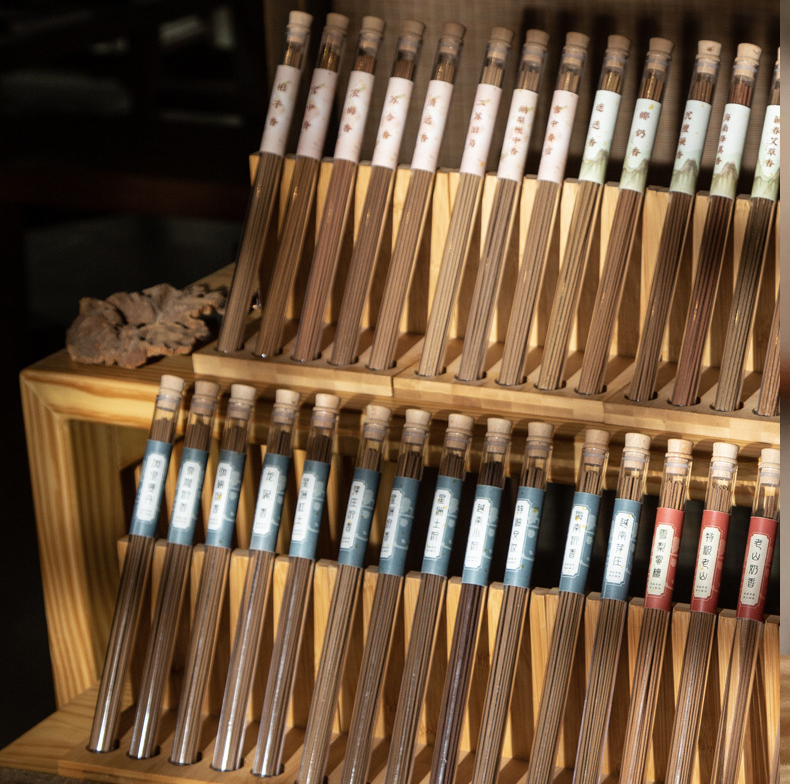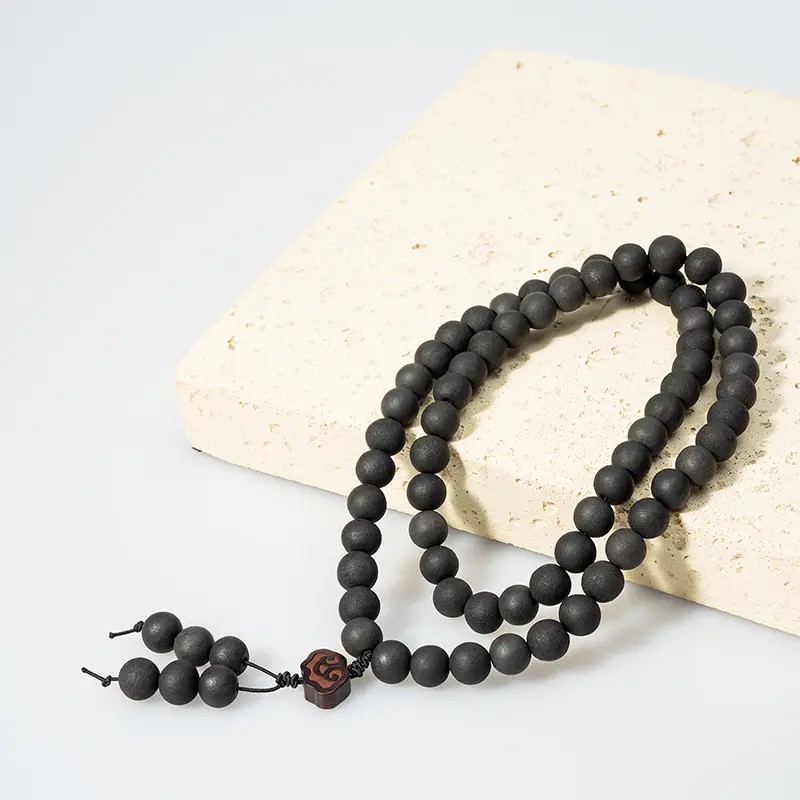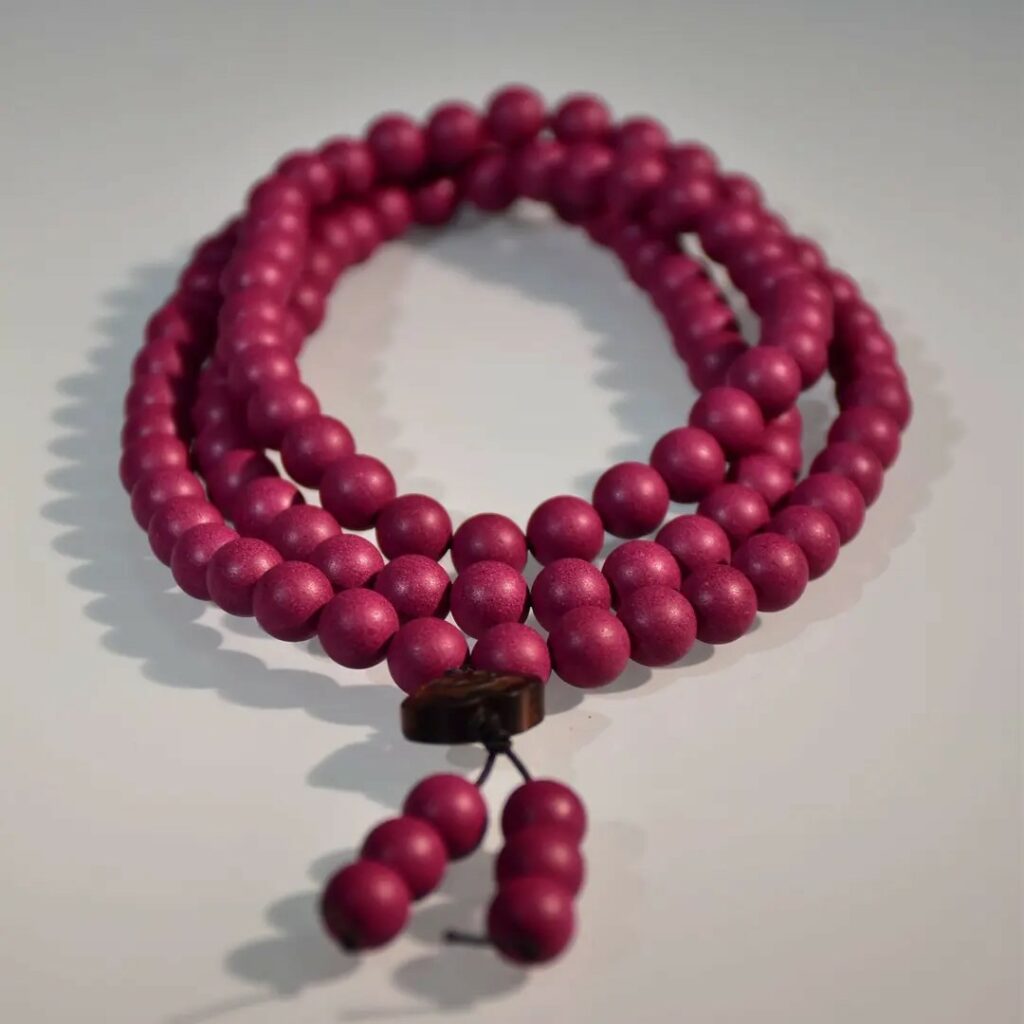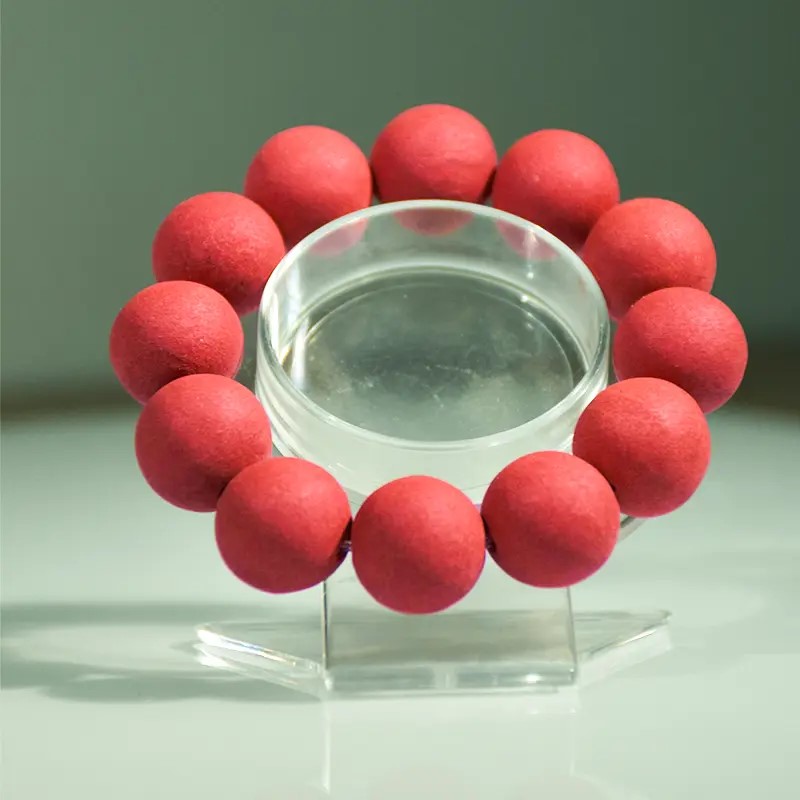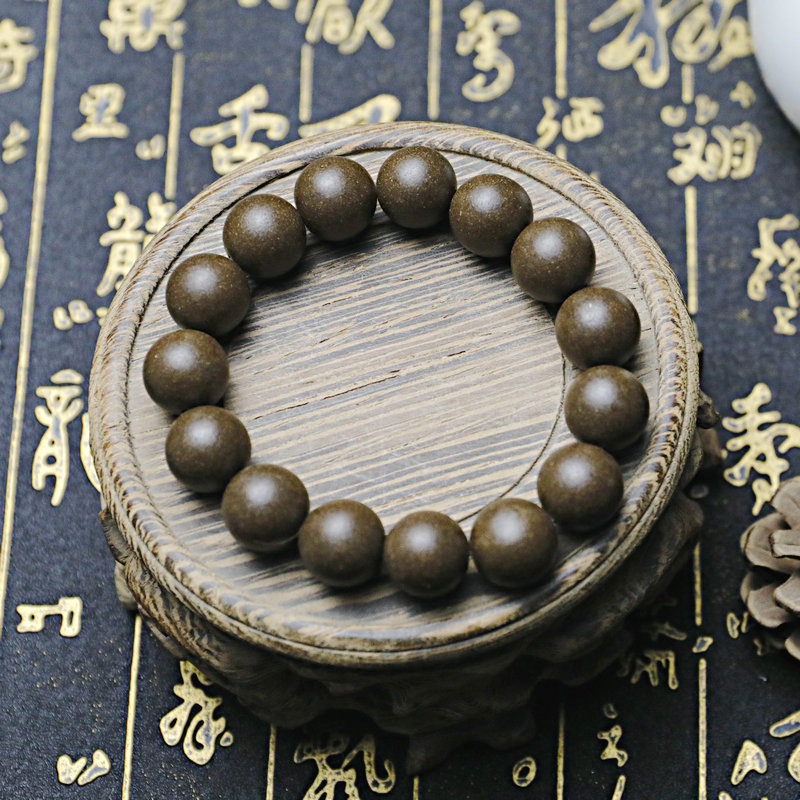In the vast landscape of traditional Chinese culture, scented incense—known historically as he xiang (“harmonized incense”)—represents far more than a pleasant aroma. It is a sophisticated synthesis of herbal medicine, ritual philosophy, aesthetic refinement, and somatic discipline. Unlike single-ingredient incense, which relies on one raw aromatic material, scented incense is meticulously composed of multiple natural ingredients, blended according to classical principles of balance, hierarchy, and seasonal harmony. The result is an incense stick (or cake, or pill) that unfolds in layers over time, engaging not only the senses but also the mind and spirit.
But where does the true value of this ancient art reside? Is it in the rarity of its raw materials? The intricacy of its handcrafting process? The weight of its historical transmission through texts like Xiang Cheng (The Incense Manual) and Chen Shi Xiang Pu (Chen’s Incense Handbook)? Or in the profound cultural and philosophical meanings it carries? This article argues that the value of Chinese scented incense is not confined to any single dimension—it emerges from the dynamic interplay of all four. Moreover, in today’s wellness-oriented world, this heritage finds renewed relevance through its synergy with mindfulness and meditation. When thoughtfully crafted scented incense for mindfulness is used as a sensory anchor, it enhances focus, calms the nervous system, and deepens meditative states. Contemporary artisans like HMMA ART, who rigorously revive classical formulas through pure handcrafting, are not merely preserving tradition—they are reactivating it as a living tool for modern mental well-being.
Traditional Chinese Compound Incense or you can call scented incense
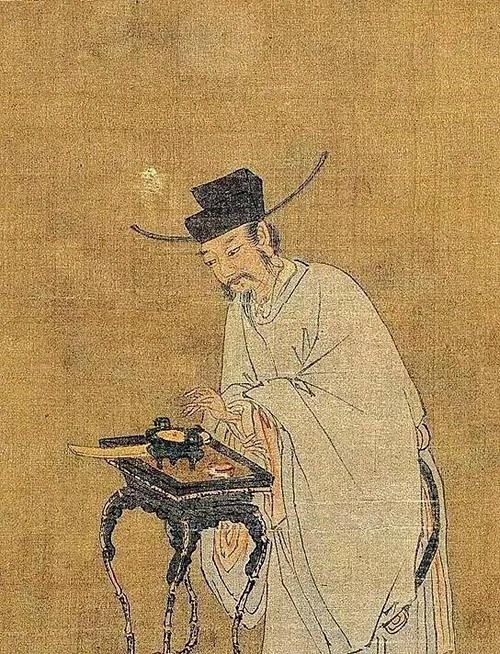
Traditional Chinese Compound Incense
The Delicate Art of Chinese aroma incense
Incense beads, or Chinese aroma incense beads , are far more than simple ornaments. These meticulously crafted spheres, born from the fusion of powdered precious woods, resins, herbs, and binding agents, represent a unique intersection of ancient Chinese fragrance culture, artistry, and contemplative practice. beads
1. Ingredients: Nature’s Pharmacy, Where Fragrance Meets Function
The foundation of scented incense lies in its ingredients—natural aromatic substances that are also potent medicinal herbs. Traditional formulas commonly include agarwood (chen xiang), sandalwood (tan xiang), borneol (bing pian), clove (ding xiang), musk (she xiang), and plum blossom, among others. These are not chosen arbitrarily for scent alone; they are selected based on principles from traditional Chinese medicine (TCM), where “fragrance is the essence of righteous qi” (xiang zhe, qi zhi zheng ye).
For instance, aged agarwood is prized for its ability to “calm the spirit and regulate qi,” while borneol “opens the orifices and clears the mind.” Sandalwood soothes the heart and alleviates restlessness. Modern neuroscience corroborates these ancient insights: compounds like sesquiterpenes in agarwood reduce cortisol levels, promoting relaxation; santalols in sandalwood enhance alpha brainwave activity, associated with meditative calm; and trace amounts of natural borneol can sharpen mental clarity without inducing agitation.
This pharmacological dimension makes scented incense for mindfulness uniquely effective. Unlike synthetic fragrances or single-note incense, a well-balanced blend engages multiple neural pathways simultaneously—offering both grounding and alertness, stillness and presence. This dual action is ideal for meditation, where the practitioner seeks to avoid both drowsiness and distraction.
2. Craftsmanship: The Alchemy of Time, Fire, and Human Intention
If ingredients form the body of scented incense, then craftsmanship is its soul. Traditional production is a labor-intensive, time-sensitive process involving over ten steps: selection, purification, roasting, grinding, blending, moistening (often with natural juices like pear or honey), shaping, drying, and aging. Take the famous Song Dynasty formula “Plum Blossom in Snow” (Xue Zhong Chun Xin): agarwood and sandalwood are ground to a silk-like fineness, mixed with freeze-dried plum blossom and trace borneol, then aged in ceramic jars for weeks to allow the aromas to “marry.”
This meticulous process reflects a deeper Chinese worldview: that true harmony arises not from haste, but from patient alignment with natural rhythms. Every incense stick from HMMA ART, for example, is hand-rolled without chemical binders or accelerants, following exacting methods from Ming and Song dynasty texts. The result is not just a product, but a testament to “slow craft”—a practice that itself embodies mindfulness. In an age of mass production, such dedication becomes a quiet act of resistance, inviting users to slow down and appreciate the invisible labor behind each wisp of smoke.
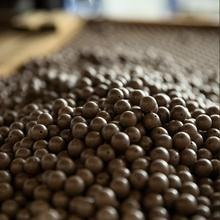
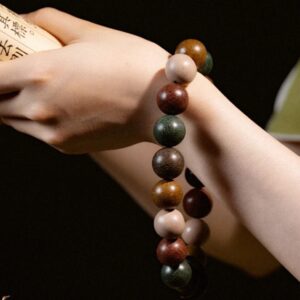
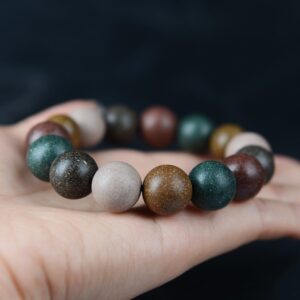
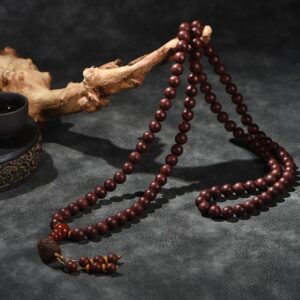
3. Historical Legacy: Texts as Time Capsules of Scented Wisdom
The continuity of Chinese scented incense owes much to its rich textual tradition. From the Han Dynasty’s bronze boshan incense burners to the Song literati’s refined “incense gatherings” (xiang hui), incense culture evolved alongside philosophy and art. By the Ming Dynasty, compendiums like Zhou Jiazhao’s Xiang Cheng (1620 CE) had systematized centuries of knowledge, documenting over 400 formulas alongside poetic reflections, ritual protocols, and ethical commentaries.
These texts are not mere recipes—they are cultural archives. When HMMA ART reconstructs “Imperial Xuanhe Incense” or “Princess Nanyang’s Fragrance” from these sources, it does more than replicate a scent; it revives a historical atmosphere. Lighting such an incense stick becomes a form of time travel: one can almost hear the rustle of silk robes in a Song scholar’s study, or feel the quiet dignity of a palace chamber at dawn. This historical resonance deepens the meditation experience, transforming it from a solitary exercise into a dialogue across centuries. The past is no longer abstract—it is present in the smoke.
4. Cultural Significance: “Fragrance Carries the Dao” – A Philosophy of Harmony
Ultimately, the highest value of scented incense lies in its cultural and spiritual dimension. In Confucian thought, fragrance symbolized moral virtue: “When you dwell with the virtuous, it is like entering a room full of orchids—you no longer notice the scent, for you have become one with it.” In Daoism, incense smoke represented the ascent of pure qi to heaven. In Buddhism, it purified the space for contemplation.
This idea—“fragrance carries the Dao” (xiang yi zai dao)—positions scented incense as a medium for self-cultivation. Its layered unfolding mirrors the inward journey of mindfulness: initial distraction gives way to focused awareness, which deepens into serene clarity. Unlike mechanical timers or digital apps, a burning incense stick offers a natural, organic marker of time—its duration dictated by material, humidity, and airflow. Watching the ember glow and the ash curl becomes a moving meditation in itself.
Brands like HMMA ART understand this deeply. Their packaging, usage suggestions, and even the design of accompanying incense holders are crafted to foster a ritual space—a “sacred pause” in daily life. In doing so, they transform scented incense for mindfulness from a commodity into a contemplative practice.
A Multidimensional Heritage for Modern Well-Being
The true value of Chinese scented incense cannot be reduced to any single element. It resides in the rare synergy of premium natural ingredients, masterful handcraftsmanship, unbroken historical transmission, and profound cultural philosophy. Together, these dimensions create an aromatic experience that is sensorially rich, therapeutically sound, historically grounded, and spiritually resonant.
In our era of digital overload and chronic stress, this ancient art offers a rare gift: a natural, non-invasive way to return to the present moment. Whether used in yoga, seated meditation, tea ceremony, or quiet reflection, a high-quality incense stick from a tradition-rooted brand like HMMA ART serves as both a bridge to China’s cultural past and a companion for contemporary inner work.
Thus, scented incense for mindfulness is not merely about smelling good—it is about being well. And in that simple yet profound alignment of body, mind, and heritage, its enduring value is fully revealed.
CONTACT US IF YOU HAVE ANY QUESTIONS
#scented incense #mindfulness #Scented Incense Beads for Mindfulness #mindfulness meditation #Chinese incense #incense
